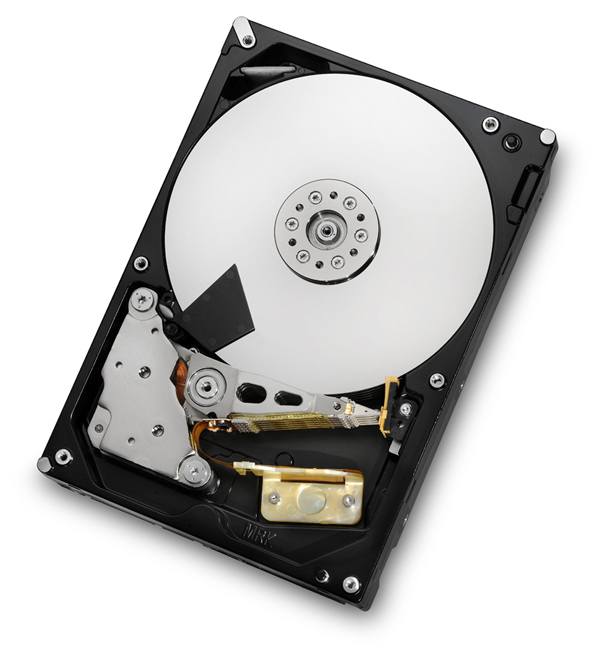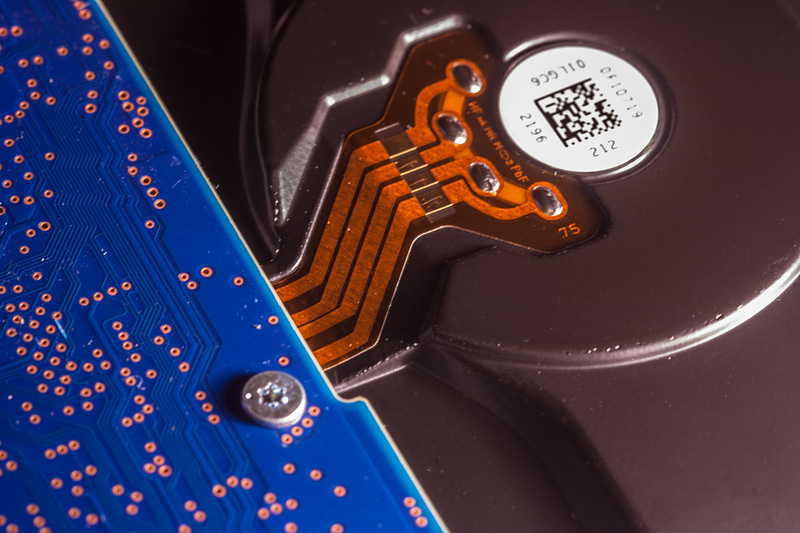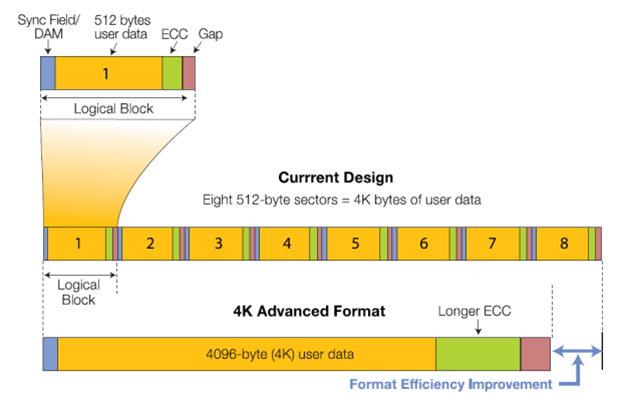Most spacious: Ultrastar 7K4000 4TB hard drive review
 Disk space does not happen much. With this statement, I think most users of Habrahabr will agree. Perhaps someone will be enough capacity of a modern ultrabook with 128 gigabytes SSD. But when it comes to professional use of digital technology, one cannot do without capacious storage. Moreover, this is true for IT-business. Today, in the first post of HGST , formerly known as Hitachi Global Storage Technologies, and recently becoming a subsidiary of Western Digital, I will talk about the most capacious hard drive in the corporate series.
Disk space does not happen much. With this statement, I think most users of Habrahabr will agree. Perhaps someone will be enough capacity of a modern ultrabook with 128 gigabytes SSD. But when it comes to professional use of digital technology, one cannot do without capacious storage. Moreover, this is true for IT-business. Today, in the first post of HGST , formerly known as Hitachi Global Storage Technologies, and recently becoming a subsidiary of Western Digital, I will talk about the most capacious hard drive in the corporate series.The world's first 4-terabyte Winchester Ultrastar 7K4000 appeared recently. Having more traditional (compared to Enterprise-grade SSD and fast, but low-capacity HDD with a rotation speed of more than 10,000 revolutions per minute) characteristics, it nevertheless provides at least one important advantage. By placing 600 of these hard drives in one standard server rack, you can get 2.4 Petabyte storage. On the other virtues of the world's first internal 4-terabaytnik - under the cut.
Specifications:
Volume : 4 terabytes
Interface : SATA 3 6 GB / s
Data buffer size : 64 MB
Spindle speed : 7200 revolutions per minute
Search time : 8 ms
MTBF : 2 million hours
Number of on / off cycles : 600,000
Power consumption in read / write mode : 11.4 W
Standby power consumption : 5.7 W
Warranty : 5 years
For a complete list of features , see a PDF on the HGST website .

')
The design of the hard disk uses 5 plates with a capacity of 800 gigabytes each. In the list of technical characteristics, first of all, you pay attention to the enormous value of MBTF: 2 million hours, the best indicator in the industry. Naturally, such a hard disk will not survive until the 23rd century, but it is designed to operate smoothly around the clock for many years, with a minimum number of failures.

The second characteristic, which is also important for business, is energy consumption. Compared with the previous model, this figure was reduced by almost a quarter, in terms of gigabytes of storage. In the above configuration of 2.4 petabytes - this factor will be more important than the initial cost. By the way, about the price: 7K4000 in retail will cost about 12 thousand rubles. Again, in terms of one gigabyte - the price is identical to the previous top-end model of the series, a three-byte 7K3000 (about 9,000 rubles).

Next to the standard SATA connector is a single jumper that allows you to activate a special economical power consumption mode.

Disks with a capacity of 3 terabytes and above use the new format Advanced Format with the size of each sector increased to 4 kilobytes (with hardware emulation of the mode of operation with sectors of 512 bytes). This imposes a number of restrictions, mostly not relevant for most users and extending only to outdated operating systems (Windows XP is one of those).

On a computer running Windows 7, the hard disk was determined without any problems, but it can only be formatted using the GPT standard. Accordingly, if you plan to use this hard disk as a boot (for a 4-terabyte, let's say, non-standard), you will need a more or less modern computer with support for UEFI BIOS.
In the CrystalDiskMark test, the hard disk showed excellent performance in reading and writing data in large blocks: more than 160 megabytes per second. The HDTune Pro achieved a slightly more modest figure of 125 megabytes per second in read mode. In reality, when copying data without problems, a speed of more than 100 megabytes per second is achieved. Most importantly: higher read and write speeds, as well as the number of I / O operations, are achieved only by hard drives with higher rotation speeds, or by solid-state drives. And those, and others lower capacity and significantly higher cost of each gigabyte.
Despite the “business” orientation of the Ultrastar 7K4000, I do not exclude the possibility of using this model in, say, specialized home conditions. I am sure that a personal NAS with five such disks with a total capacity of 16 terabytes (if in RAID5) is the dream of every second reader of this post (or every first). The disadvantages of this approach are the relatively high cost of the model compared to user solutions. In the pros - greater reliability due to the use of technologies used in much more loaded HGST models, where the speed of rotation of the discs reaches 15 thousand revolutions per minute. In server solutions, Ultrastar 7K4000 will best show itself where it is necessary to store large amounts of data with a relatively small frequency of accesses. In this case, both high reliability, and energy efficiency, and large volume allows you to save a lot of money.
Source: https://habr.com/ru/post/157719/
All Articles